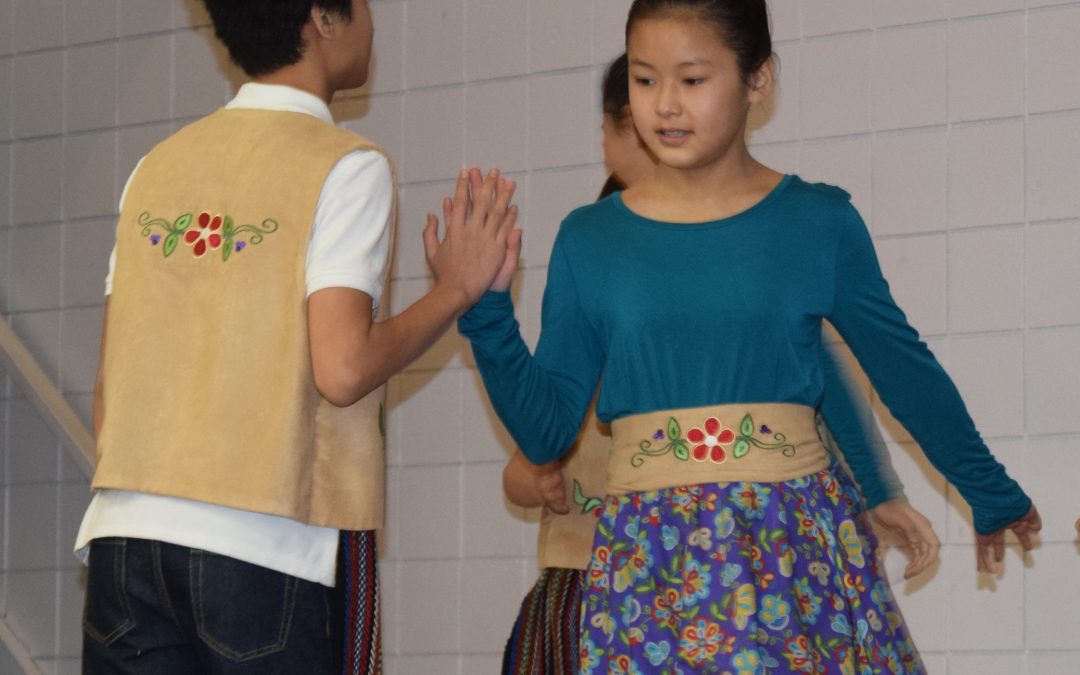A University of Sask. Métis researcher is building on her current three-year study to determine the health effects of traditional Métis social dances.
Heather Foulds will assess the physical, mental, cultural, and social benefits of 12 participants chosen for the study.
The participants will be performing the Red River Jig and Orange Blossom Special and could rack up 10,000 steps in a 30-minute session.
“Looking at how much exercise you get from the different dances and how many steps you take and how Métis dancing makes you feel, or how your mental and emotional and social connection with the with dancing. It’s a bit bigger, this is a five-year study,” Foulds explained.
“So, part of the plan for this study is also to listen and hear the stories about the symbolism in the dances and the Métis history that’s embedded within the dance and more of those layers. And then to look at both current reports and some archive material and look at how common dancing is, if it’s something that’s not really popular, it’s something that we should work to preserve.”
The $1 million study is funded through the Canadian Institutes for Health Research and builds on a three-year study which began last year to examine the exercise intensity and training effectiveness of the Red River Jig.
The study of recreational and professional dancers in the Saskatoon area will perform Métis square-dances ranging from the slow Snake in the Grass, to the medium-paced Lady Round Lady, to the faster Old Wagon Wheel, followed by social dances such as the Schottische, and ending with the up-tempo Orange Blossom Special.
The participants will be assessed with a standardized fitness test before they begin their three-month dance lesson and upon completion. As well, they will undergo an interview to assess their mental health.
“Dancing also engages cognition, control of body movements, and feelings of social inclusion and engagement—fundamental factors that contribute to better mental health and well-being,” Foulds explained.
She said the study could narrow the health gap between Métis and non-Indigenous people.
